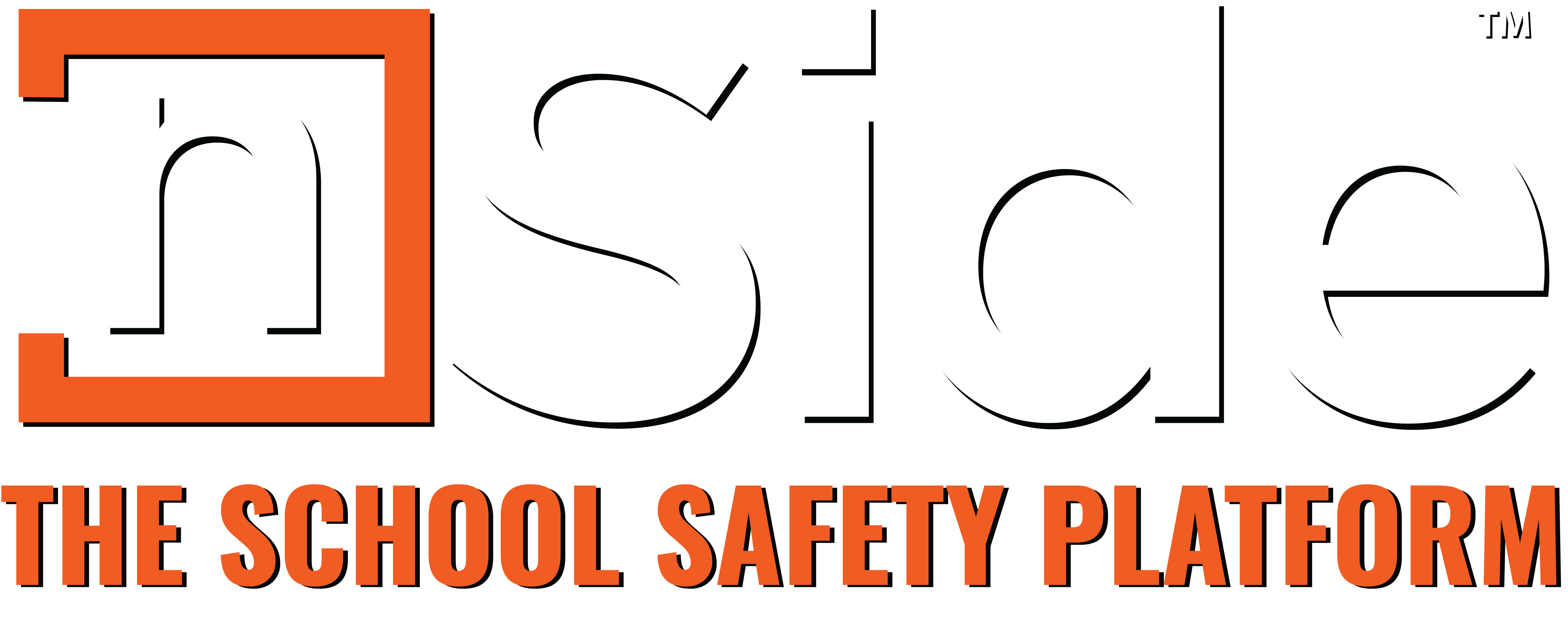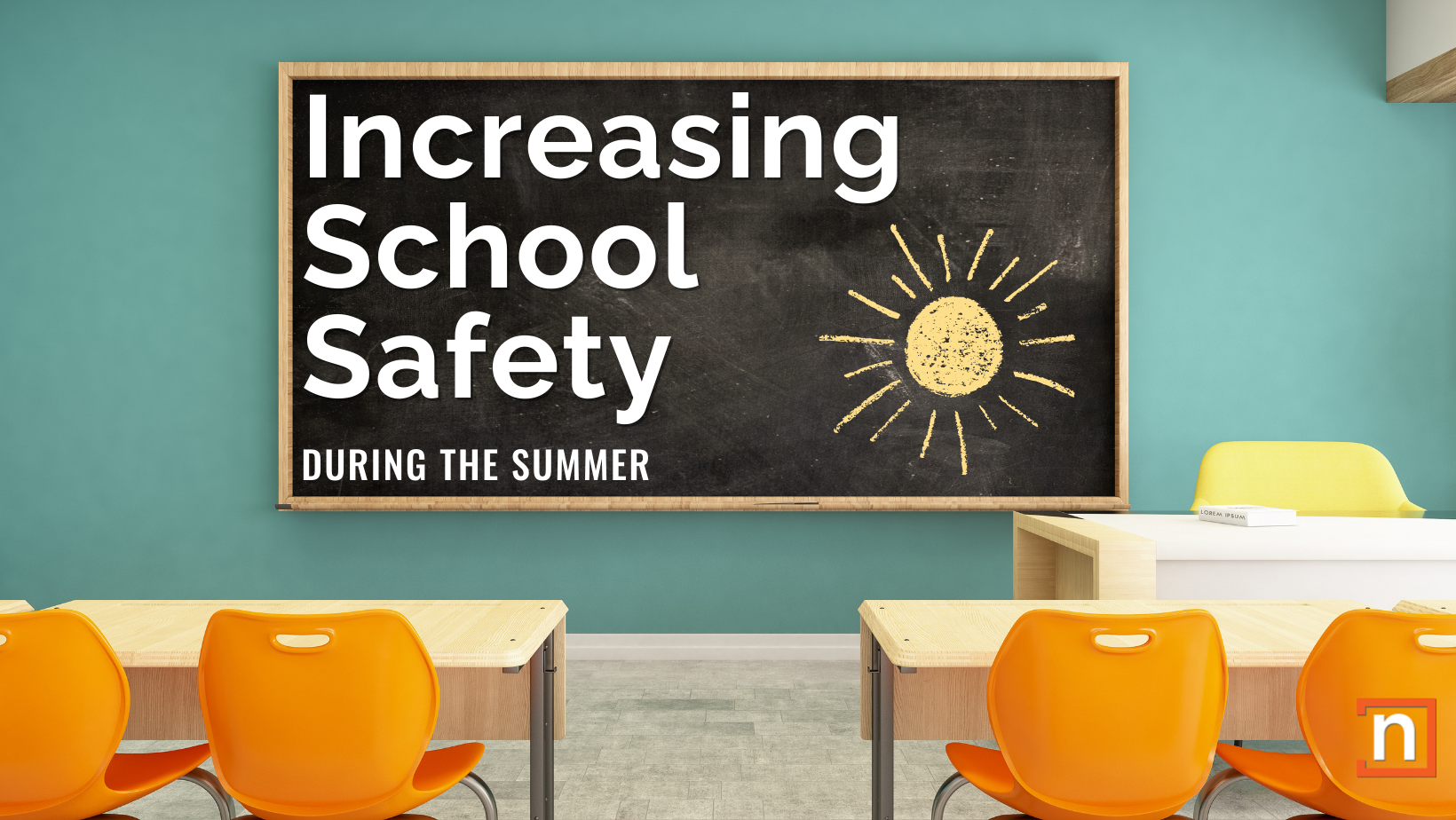Summer is making its welcome arrival and as the busyness of the school year dies down, school administrators and others who work in school communities can shift their focus to improving their school environment for students returning in the fall. Utilizing the time you have available during the summer months to focus on your Emergency Operations Plan and emergency preparedness can make a tremendous difference when the routine of the school year kicks back into gear. Not only can you take this time to update your EOP, you can also use this opportunity to familiarize, train, and educate school personnel on how they can help.
Updating Your EOP
Making plans to keep students and staff safe, schools play a crucial role in taking preventative and protective measures that can save valuable moments when the unthinkable happens. This means each should dedicate time to ensuring that the information in their Emergency Operations Plan is up-to-date and that everyone in the school community knows exactly how to execute these plans in an emergency. The nSide Platform makes Emergency Operations Plans easily accessible, allows you to digitally record your emergency operations plan, and keeps you informed on what needs to be updated, what is in progress, and what has been completed.
Staff Training/Workshops
Everyone involved in your Emergency Operations Plan should be aware of their roles and responsibilities before, during, and after an emergency. With students out for summer break, dedicating time to training and familiarizing school personnel with your specific plan will ensure that everyone involved has all the information needed to respond to emergencies. Here are a few key training components you could provide:
- Hold a meeting with your staff to educate, familiarize, and discuss any updates to your EOP
- Visit your evacuation, reunification, media, and first aid sites to help your team members feel more confident in their ability to assist in an emergency
- Post key information throughout the building(s), such as evacuation routes, shelter-in-place procedures/locations, etc.
- Provide proper training for your staff on the necessary skills needed to fulfill their roles
You may also consider practicing your plan. This can include:
- Tabletop exercises: small-group discussions that walk through a scenario and the courses of action a school will need to take before, during, and after an emergency
- Drills: school personnel and community partners (e.g., first responders and local emergency management staff) use the school grounds and buildings to practice responding to a scenario
While planning and preparing are essential parts of any emergency operation, practicing is key to understanding pain points and identifying inefficiencies in your plan. nSide’s subject matter experts are skilled in conducting these types of training and helping your team enhance its emergency response and save lives.
Enhance Community Relationships
There are many things administrators can do to make their schools safe, but reaching out to local emergency responders and other community agencies and including them in emergency planning can make a huge difference. Collaboration among these partners is essential to ensure that schools can mitigate, respond to, and recover from emergencies. While many schools have already established these partnerships, enhancing them is never a bad idea.
nSide partners can allow their local agencies access to their platform by submitting a Memorandum of Understanding (or MOU). This is a letter of agreement that describes each agency’s roles and responsibilities and permits them to access the school’s information. Working with local law enforcement can also include implementing a School Resource Officer position, a specialized officer whose sole focus is the safety of the campus and students.
Implement Multidisciplinary Team
Research shows that perpetrators of targeted acts of violence tend to engage in both covert and overt behaviors preceding their attacks. Implementing a multidisciplinary team approach can aid in overall behavioral assessment and intervention to identify students in need and get them the resources they need. This team serves as a central convening body, so that warning signs observed by multiple people are not considered isolated incidents when they may represent escalating behavior that is a serious concern. Your multidisciplinary team should include representatives from a wide range of school personnel, such as:
- Principals
- Counselors
- School Resource Officers
- Teachers
- Other appropriate personnel
When the right people on your team come together to identify students exhibiting behavior that indicates an underlying need or issue, the root cause can be detected and the child will be able to receive appropriate and adequate care.
Update Safety Infrastructure
In addition to an emergency response plan, having the necessary infrastructure will ensure the effectiveness of that plan. Having the proper equipment in place and utilizing technology will aid in the efforts you have laid out in your emergency planning to prevent and respond to emergency situations. Some things you can put in place to boost your safety infrastructure are:
- Cameras
- Access control systems
- Fleet tracking technology
- Cell signal boost
- Emergency notification systems
Attend School Safety Conferences
Another way to build your emergency planning and response knowledge is to attend school safety conferences. Throughout the summer, conferences are held nationwide to encourage and prepare educators. These conferences are great educational opportunities where you can learn best practices, meet experts in the school safety field, and learn about new technologies and solutions that can help you execute safety improvements.
How Can We Help?
To keep schools truly safe, it is critical that a good plan is in place for emergencies and that each member of the school community knows what their role is in the event of an emergency. There are many moving parts when it comes to safety and the most important thing is that those parts are well oiled and synchronized. Otherwise, you are left with a fragmented system.
The nSide Platform is designed to integrate your school’s infrastructure, assets, and resources in one place that can be accessed quickly and easily. There are five key mission areas in school safety: prevention, protection, mitigation, response, and recovery. Everything we offer is centered around connecting your school community to make reactions quick and directions clear. We work to help you create an environment that saves lives and feels safe so learning can flourish.




